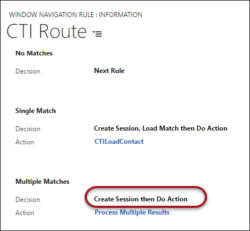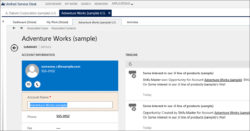
Whether you are an experienced Unified Service Desk developer or just about to dip your toes into the dark waters of USD, you are on a constant lookout for good code samples and snippets. But hey, why not to take it one step further? Jayme Pechan, one of the USD fathers, has made the entire […]
 of the
of the





